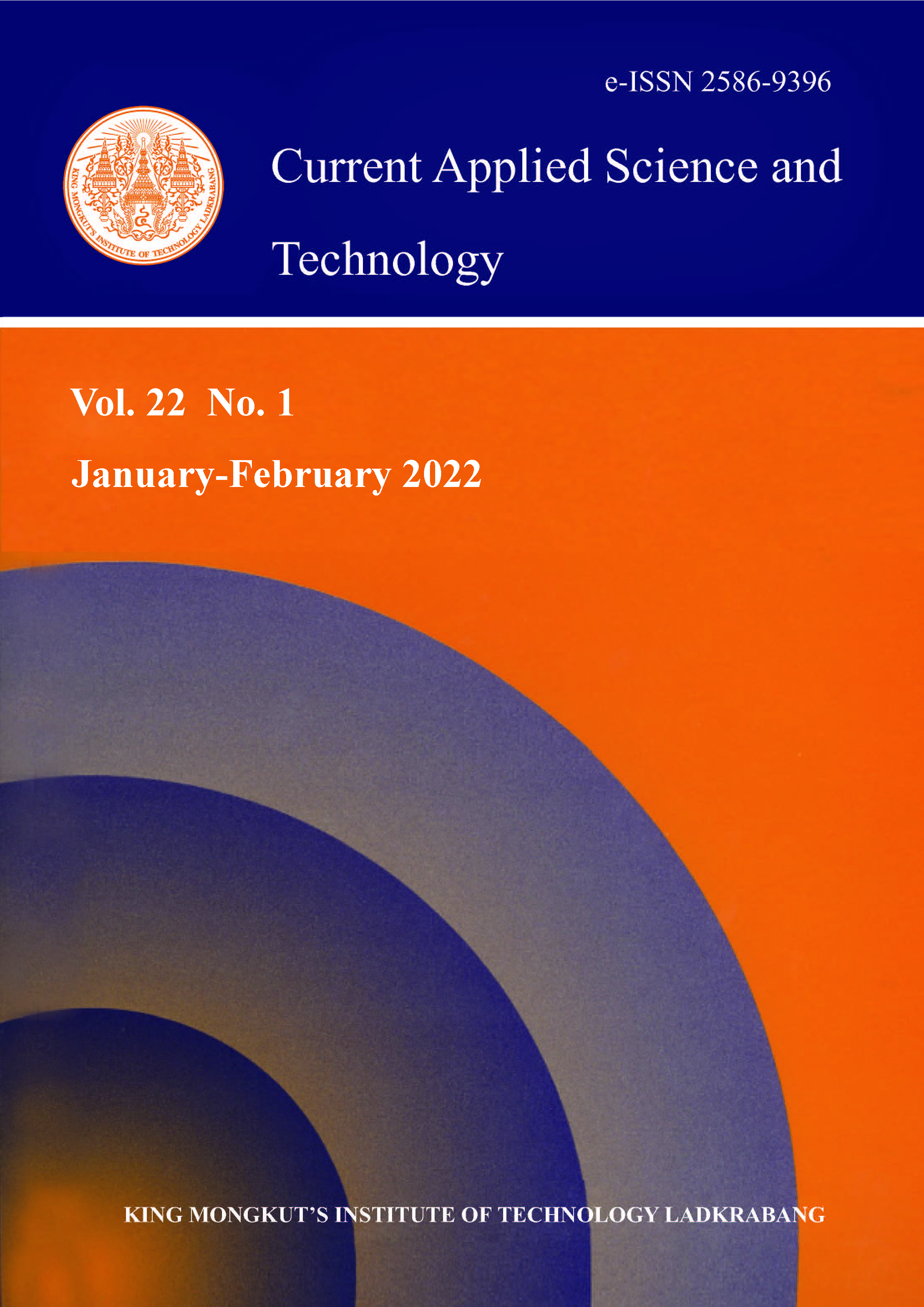Chhattisgarh ranks 3rd in coal production in India and plenty of coal is mined daily in the central Chhattisgarh region of India. Hence a lot of steel and power plants have been established in this region. From these power plants, a huge amount of fly ash and pond ash is generated daily and these ashes are occupying large landfill areas. The carbon dioxide released from the chimneys of these plants not only polluted the local air mass but also creates a problem of carbonation to the local concrete structure. The corrosion of the RCC structures accelerates in this highly industrialized local region surrounded by industry, due to the emission of higher carbon dioxide. Hence the strength and durability of concrete must be checked for the partial replacement of cement and sand with locally available industrial wastes to know its long-term performance. The present investigation was taken up to do a detailed study on workability, durability, and strength of concrete by replacing cement with fly ash by weight up to 40% and sand with pond ash by volume up to 20% with a constant dose of glass fiber of 0.1% of the volume of the concrete. Various tests like rheology, shrinkage, electrical resistivity, ultrasonic pulse velocity, heat conductivity, leaching test, compressive strength and flexural strength have been conducted on various mixes of new coal ash fiber reinforced concrete. From these results, a mixed design process has been proposed for the preparation of sustainable concrete from locally available industrial by-products.
Keywords: fly ash; pond ash; glass fiber; durability and strength; steady-state method; transient method; guideline for mix proportion; energy efficient concrete
*Corresponding author: Tel.: (+251) 904402625,
E-mail: rath_rcpit@rediffmail.com
Rath*, B. undefined. ., Deo, S. undefined. ., & Ramtekkar, G. undefined. . (2021). An Experimental Study on Strength and Durability of Glass Fiber Reinforced Cement Concrete with Partial Replacement of Cement and Sand with Coal Ashes Available in Central Chhattisgarh Region. CURRENT APPLIED SCIENCE AND TECHNOLOGY, DOI: 10.55003/cast.2022.01.22.010 (28 pages). https://doi.org/10.55003/cast.2022.01.22.010
